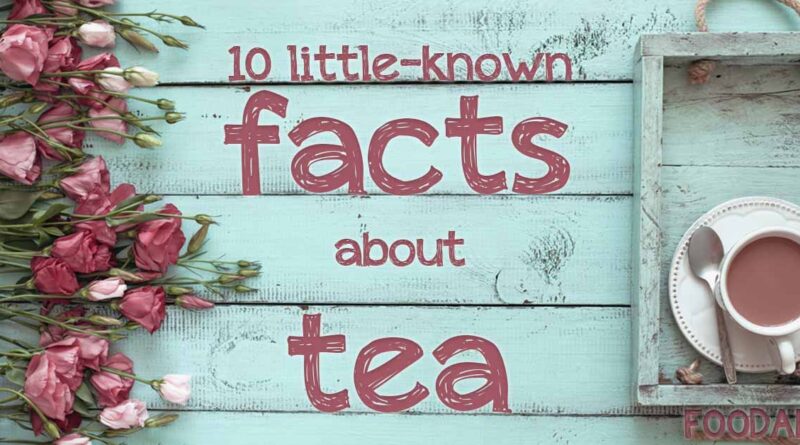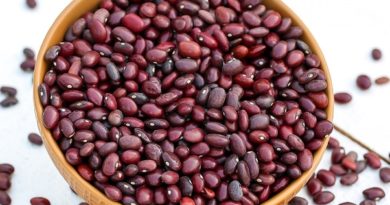Tea Facts We Bet You Didn’t Know!
Tea is love but only a few tea facts are widely known. Tea is not just a beverage but an emotion! Chai Pyaar hai! Chai is love! Are some of the most common dialogues here! Tea is loved not only in India but throughout the globe! Now that we’ve established that tea =love, we should surely know all about it! Here are a few mind-boggling and kadak tea facts you probably didn’t know!
Tea facts you didn’t know!
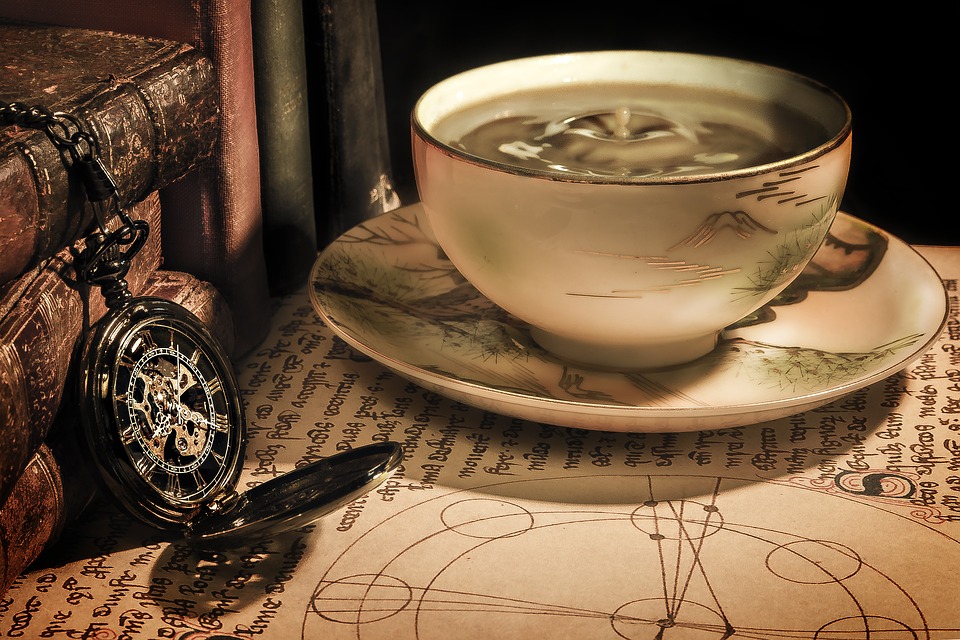
In India, tea probably gets more love than a baby! So shouldn’t we be knowing more tea facts?! Subah ki chai and Shaam ki chai are not to be missed! Whether you’re on a long drive, had a bad day, or just chilling with friends, chai has a concrete place in all our lives! People enjoy various kinds of teas. With the fitness revolution and the fast pacing lifestyle, many people have switched from regular tea to green tea…some love flavored teas while others prefer it black. Despite these changes, this multi-faced beverage still brings us happiness! So let us take a few moments from our busy day and get to know about our Pyaar- Chai!
1) The discovery: Mandatory Tea fact
The discovery of tea dates back to thousands of years ago in China. According to legends, the beverage was accidentally discovered by the emperor Emperor Shen Nong. Leaves from a certain tree bush fell into the boiling water meant for him to quench his thirst.
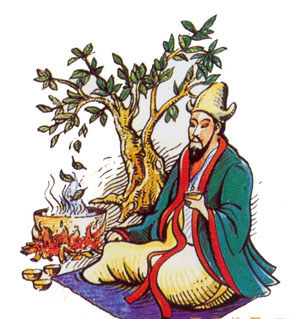
Being a herbalist, the emperor was intrigued by this accidental brew. He enjoyed it so much that the concept of consuming tea was finally born. (Tea never disappoints anyone!) Originally, it was chewed instead of drinking as we know today! Can’t even imagine the taste, can you?!
2) Tea Facts: Struggles of tea in Britain
Afternoon tea is often associated with Britain. But this tea fact is about it hasn’t had that long of a history in the UK! Tea was expensive and subject to government taxes. So it became fashionable to drink among English aristocrats in the 17th century. Showing off has been a part of society since then!
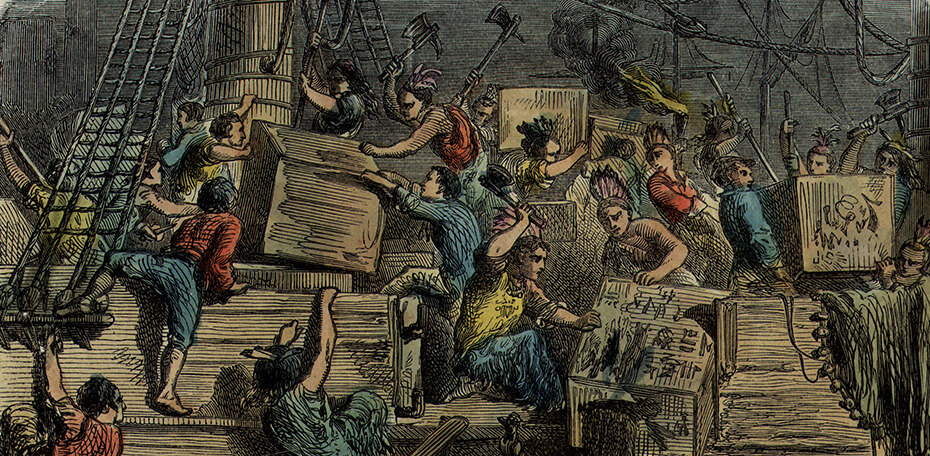
In the 18th century, tea smugglers became a thing! They brought supplies of tea into the country without paying any duties and sold it for cheaper prices. In 1785, tea taxes were lowered to stamp out smuggling, and tea became affordable. Later in the 1800s, the temperance movement began encouraging working-class Britons to sip tea rather than liquor. This was when the first tea shops opened up. And by the late 1800s, tea was popular across all social classes!
3) Turkey and its tea facts!
A tea fact most people are unaware of is that Turks consume an average of almost seven pounds of tea per person annually! The Irish, in comparison, the world’s second-biggest tea drinkers, consume less than five pounds per person a year. To keep up with its citizens’ insatiable demand for tea, Turkey grows one-fifth of the world’s supply. (Atmanirbhar from the basics!)
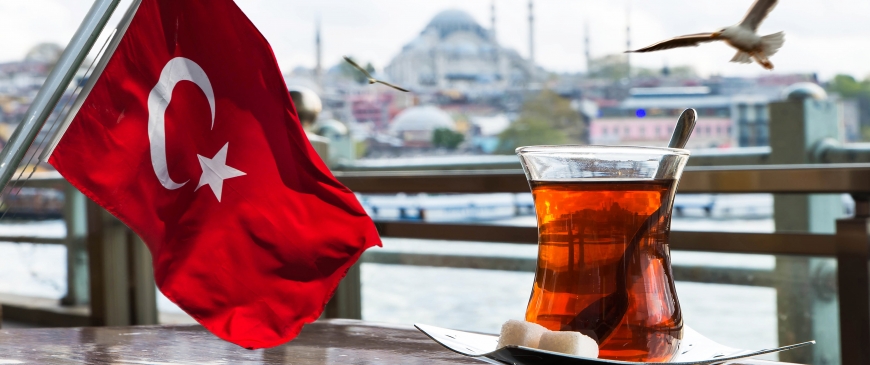
Here’s an – More than 3 billion cups of tea are consumed annually across the world! Seems are chai is in high demand! China, interesting fact Kenya, and Sri Lanka export most tea used worldwide today. These three countries ship approximately 1 million metric tons of this beverage annually!
4) Green or black, they’re sisters from the same mother!
Tea is made from the leaves of Camellia sinensis, a small tree native to Asia. Also, this is not the plant used to make tea tree oil! (That’s a topic for a whole new discussion!) We know that there are different types of teas, all with their own benefits. What we need to know is that green tea, black tea, white tea, yellow tea, and oolong tea- all come from the same plant! It’s the processing of these leaves that distinguishes them.
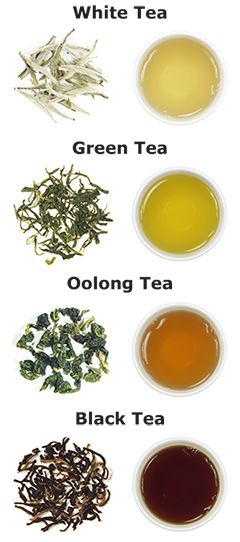
All tea leaves are processed by weathering, rolling, and heating them. Tea leaves get their unique flavor through oxidation. It’s the same chemical reaction that makes your apple, avocado, or banana peel go brown! Different types of these beverages are created depending on the timing of each step takes before the tea leaves are packaged.
So White tea is the least oxidized tea, followed by green tea and Oolong tea. Black tea undergoes the most oxidization.
5) Green tea is a superfood!
Thanks to Shraddha Kapoor, we all know green tea! But who knew this tea is a superfood! The term ‘superfood’ is used here to refer to any type of food or drinks with nutrients that benefit your body.
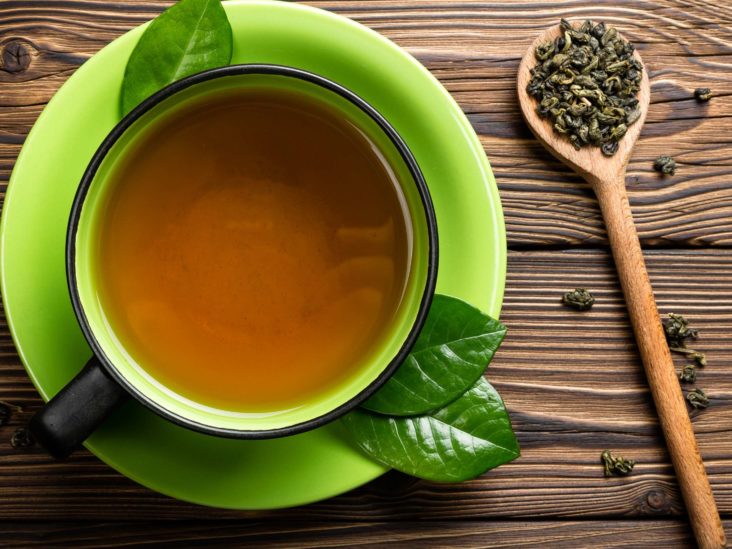
Green tea is best known for boosting metabolism. It is believed that green tea helps in soothing the sore throat, reducing risks of heart disease, and regulating blood sugar levels.
Moreover, it also offers antiviral, antioxidant, anticancer, and antibacterial properties. Compounds such as catechins and flavonoids help in it. In addition, green tea aids in weight loss, alleviating depression, and prevent tooth decay. So get your packet of green tea today!
6) Tea was much valuable earlier
Our rishta with tea has come a long way since the 17th century! Back then, not only was tea expensive, but it was also valuable! So valuable that it was stored in special boxes- With Locks!! Now isn’t this an interesting tea fact?!
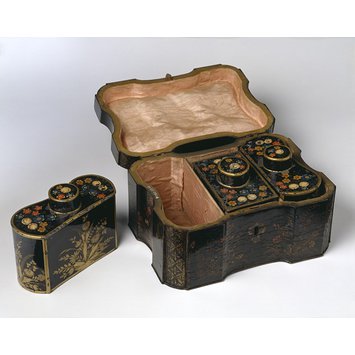
The V&A museum has an example of such a chest,: “Tea, introduced into Europe in the late 17th century, was a valuable commodity. It was kept securely in elegant boxes with secure locks. At that time, these were usually known as ‘tea chests’. Although they are now generally referred to as ‘tea caddies’. Such boxes often contained two or more compartments for different types of tea, or for sugar, stored in small metal containers known as ‘tea canisters’.”
7) Manipulation of tea!
Here’s another addition to our list of tea facts we bet you didn’t know! All valuable commodities are high in demand and less in supply. So is the case with tea. Due to its increased demand, guess what, the tea smugglers started adding various plant leaves in it! So much for a cup of tea, isn’t it!
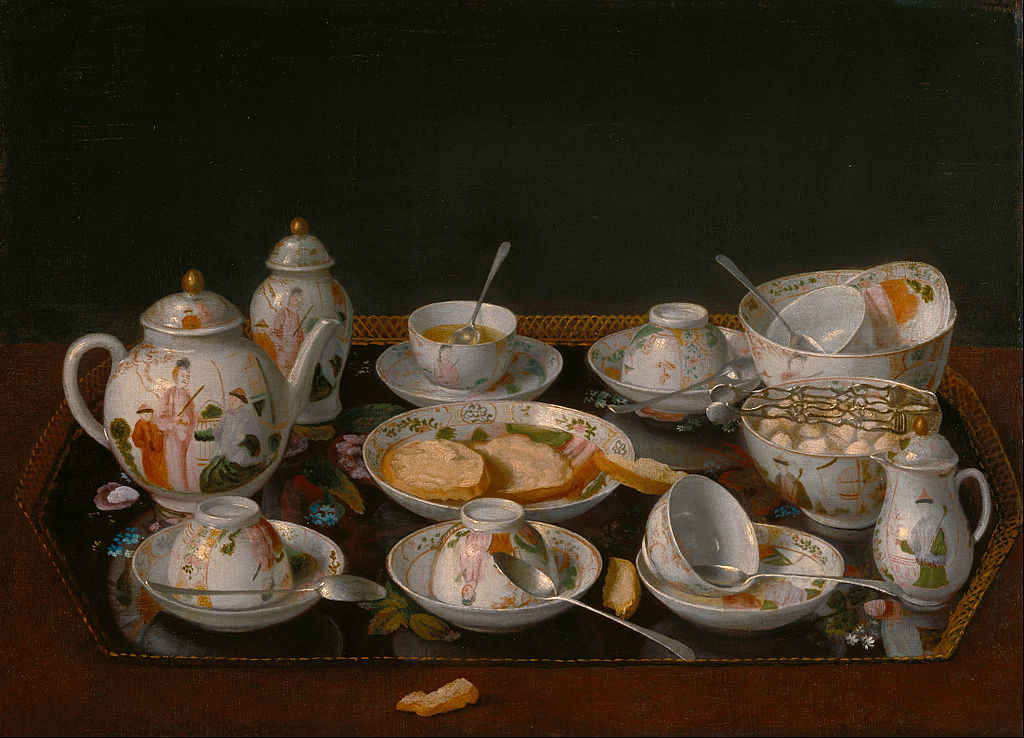
As the Telegraph reports, “Twigs, sawdust, and iron filings were commonly added. In 1770 one village near London was quoted as producing more than 20 tons of adulterated material a year for supply to tea merchants. Their recipe was ash leaves boiled with sheep dung (for color). In some cases, the adulterants were added for flavor as well as bulk.”
Now I wouldn’t want to have ashes and sheep dung as my tea! Thank the stars it’s the 21st century!
8) Entry of the tea bag
Drinking a cup of hot tea required you to brew a whole pot. Given that no one likes reheating a cold and stale cup of tea, this resulted in more waste. So the invention of tea bags proved to be a game-changer! This brings us to our next tea fact.
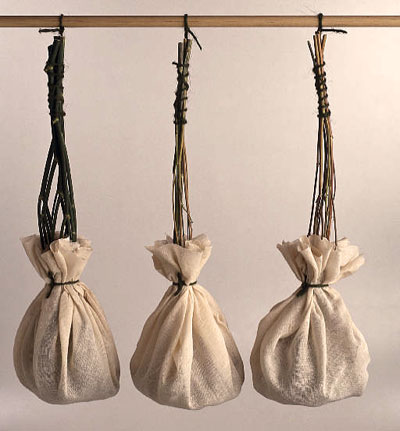
In 1908, American businessman Thomas Sullivan shipped samples of tea in fine silk pouches. The naive customers dunked whole tea bags in hot water and used them while still holding some amount of tea. The merchant realized the confusion and replaced the bags with the gauze ones to make the use of tea bags easy.
During World War I, soldiers were supplied with several tea bags each as part of their food rations. Ever since teabags have become a new normal for many people.
9) An Unbelievable Tea Fact: A Tea Auction
The tea market had grown in value and demand. So much so that there were special auctions held for it! And these were some long and serious business! The London tea auction ran for a whopping 300 years! People were much more into tea than we self-proclaimed ‘chai-lovers’ are! The association had learned the lesson and tea auctions continued, but with a time limit!
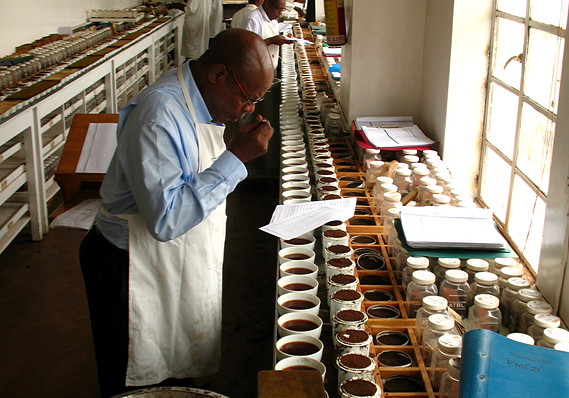
The UK Tea and Infusions Association says: “Auctions were held roughly quarterly, and tea was sold ‘by the candle’. This meant that rather than allowing bidding to go on for an unlimited length of time, a candle was lit at the beginning of the sale of each lot, and when an inch of the candle had burnt away, the hammer fell the sale ended.”
10) The ultimate tea fact: Which goes first-water or milk?
We generally practice adding water followed by milk. But this might not be the case earlier. Tea soon became an item more to judge one’s social class than to enjoy its taste!
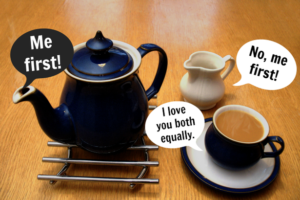
When hot tea is put in low-quality china cups, they would crack. So putting the milk in first meant your cups would stay intact and also that you weren’t rich enough to afford fine China!
So pouring the milk, at last, became a way of showing that one had the finest china on one’s table. ( The show off just doesn’t end!). The phrase ‘rather milk-in-first’ refers to a lower-class person. The habit became a social divider that had little to do with the taste of the tea. However, when finer and stronger materials came into use, this practice was no longer necessary.
So here’s our list of Tea facts You Didn’t know! Comment down below if you know more of such interesting facts! Also, let us know if you want more such articles!
Till then, live, laugh, and enjoy your Kadak Tea!

